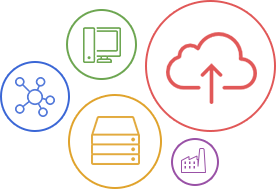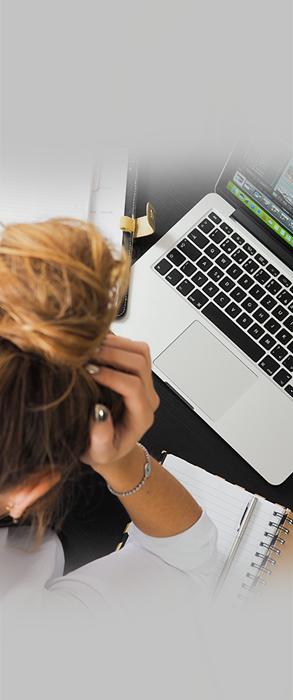When it comes to backing up your data, you have a lot of options. If you ask the average person what they do if they want to back up their files, they might drag and drop a few folders to a USB thumb drive. In some instances, they might have a dedicated external hard drive that they occasionally migrate their files to. If you’re serious about protecting your data though, or have a small to medium business that needs to backup workstations, then this type of data transfer isn’t going to cut it. There are a few data backup options you can explore, but mirror imaging is one of the most popular methods.
 Not the best way to store your business's data.
Not the best way to store your business's data.
What Makes Mirror Imaging Data Different?
If you transfer files from one drive to another, that’s a simple kind of data backup. Mirror imaging is more sophisticated than this because it creates a copy not just of your files, but of all your system preferences that go along with those files. Think of a mirror image as an exact copy of how your computer looks now – with all of your settings, preferences, and files – while a simple data backup only contains your files.
 Not a backup, but still a mirror image!
Not a backup, but still a mirror image!
A mirror image has an advantage over a regular data backup because even if your computer or server is down, you can easily restore your system with a mirror image.
Mirror imaging is also helpful to have if you’re upgrading your computer hardware. If you were upgrading your hard drive, and didn’t have a mirror image on hand, then you would have to reinstall programs and software one at a time. With a mirror image, you can move your old disk to your new one, and all your previous software will be on your system.
What About Cloning?
Mirror imaging and disk cloning are two ways of backing up your data, but they differ in a few key areas. Let’s take a look at these two backup methods so you can decide which one to use for your business:
Disk Cloning: Creates a “clone” of your hard drive that is an exact copy of all the information you have on it. The information in a disk clone is not compressed, so it takes up a lot of space on the disk. Most often, a disk can only hold the information from a single cloned drive.
 These are not the clones you are looking for.
These are not the clones you are looking for.
Disk clones are great to use if you want to boot directly from them, in case of a system failure. It’s faster to get a new system up and running if you’re booting from a cloned disk, vs a mirror image. A common complaint we hear from clients who have used clones in the past is that they can’t be updated remotely (because of their large and uncompressed size), and that you only get a single clone per drive.
Mirror Imaging: Think of a mirror image as a “light clone”. While a mirror image contains nearly the same information as a clone, it compresses the information so as to take up much less space on a drive. This small footprint means that you can store multiple images on a single drive. Since they are lighter on memory, mirror images can also be uploaded to a remote location.
So, Which Should I Choose?
Most often, we recommend a mirror image to our clients as part of their comprehensive data backup plans. This way, they can upload all their data and system preferences to our secured servers remotely, as often as their needs require.













